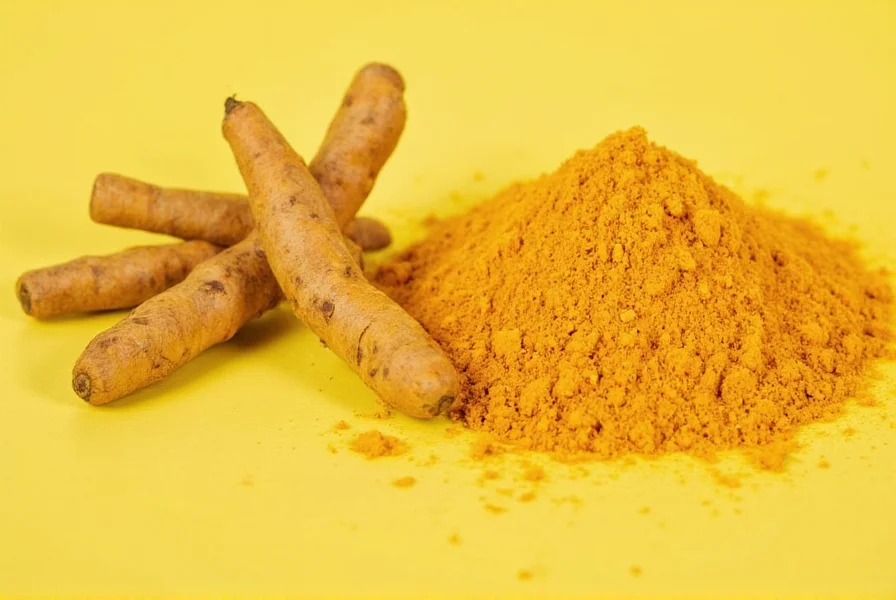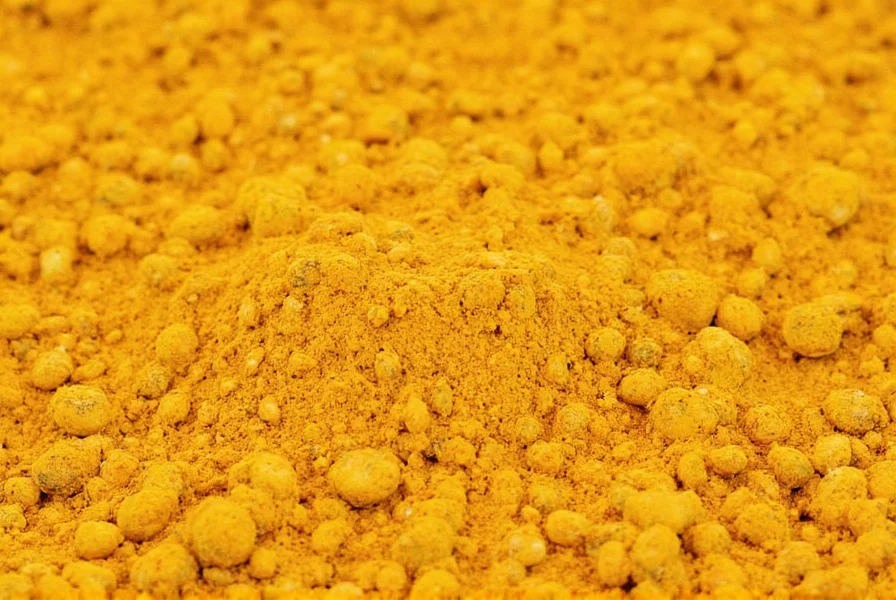When exploring what does turmeric taste like, many first-time users are surprised by its multifaceted flavor. Unlike neutral spices that merely add color, turmeric delivers a pronounced sensory experience that influences how it's used in cooking and traditional preparations worldwide.
The Distinct Flavor Profile of Turmeric
Turmeric's taste can be described as simultaneously earthy, slightly bitter, and warmly peppery. The bitterness is mild—comparable to dark leafy greens—but balanced by subtle citrus and ginger-like undertones. This complex flavor profile explains why does turmeric have a strong flavor is a common question among culinary beginners.
Fresh turmeric root offers a more vibrant, citrus-forward taste with less bitterness than its powdered counterpart. The drying process concentrates certain compounds, making ground turmeric taste more intense and slightly more bitter. Understanding these differences is essential for anyone wondering how to use turmeric in cooking without overwhelming a dish.

Comparing Fresh vs. Powdered Turmeric Taste
The form of turmeric significantly impacts its flavor expression. Here's how they differ:
| Form | Taste Characteristics | Best Culinary Uses |
|---|---|---|
| Fresh Turmeric Root | Bright, citrusy, less bitter, with subtle ginger notes | Smoothies, fresh juices, salad dressings, pickling |
| Powdered Turmeric | More earthy, slightly bitter, concentrated flavor | Curries, stews, rice dishes, spice blends |
| Turmeric Extract | Intensely bitter, medicinal taste | Dietary supplements, medicinal preparations |
Why Turmeric Tastes Bitter: The Science Behind the Flavor
The bitterness in turmeric comes primarily from curcuminoids, the same compounds responsible for its vibrant yellow color and potential health benefits. Curcumin, the main active compound, has a naturally bitter taste that becomes more pronounced when turmeric is heated or used in larger quantities.
Interestingly, the bitterness serves an evolutionary purpose—it deters pests while attracting certain pollinators. When cooking with turmeric, understanding why does turmeric taste bitter helps in balancing its flavor. The bitterness can be moderated by:
- Pairing with fats (coconut milk, ghee, or olive oil)
- Adding acidic components (lemon juice, vinegar)
- Combining with sweet ingredients (honey, coconut, fruits)
- Using in appropriate quantities (1/4 to 1/2 teaspoon per serving)
Culinary Applications Based on Turmeric's Taste Profile
Chefs worldwide leverage turmeric's unique flavor in different ways. In Indian cuisine, turmeric is rarely used alone but forms part of complex spice blends where its earthiness complements other flavors. Southeast Asian cooking often features fresh turmeric in curry pastes, where its citrus notes shine through.
When experimenting with turmeric, consider these pairing suggestions to balance its flavor:
- With black pepper: Enhances both flavor and curcumin absorption
- With ginger: Creates a warm, spicy base for soups and stir-fries
- With coconut milk: Mutes bitterness while enhancing earthy notes
- With citrus: Brightens the flavor profile and reduces perceived bitterness

Common Misconceptions About Turmeric's Taste
Several myths persist about turmeric's flavor. Many believe it's overwhelmingly bitter, but when used properly, turmeric contributes subtle complexity rather than dominating a dish. Others confuse it with saffron, which has a distinctly different floral, honey-like taste.
The notion that is turmeric bitter enough to be unpleasant is largely unfounded—most people quickly adapt to and appreciate its unique flavor when properly incorporated into recipes. The key is understanding that turmeric works best as a supporting player rather than the star of a dish.
Maximizing Turmeric's Flavor in Your Cooking
To get the most from turmeric's taste while minimizing any potential bitterness:
- Bloom in oil: Heat turmeric in oil for 30-60 seconds before adding other ingredients to mellow its bitterness
- Use with complementary spices: Combine with cumin, coriander, and cardamom for balanced flavor
- Don't overheat: Prolonged high heat can make turmeric taste acrid
- Balance with acidity: A splash of lemon juice can transform the flavor profile
- Start small: Begin with 1/4 teaspoon and adjust to taste—remember that flavor intensifies as dishes cook
Understanding fresh turmeric vs powdered turmeric taste differences allows for more precise culinary applications. Fresh turmeric works beautifully in raw preparations like juices and dressings, while powdered turmeric excels in cooked dishes where its flavor can meld with other ingredients.
Frequently Asked Questions
Does turmeric taste like curry?
No, turmeric doesn't taste like curry—it's actually an ingredient in curry. While turmeric contributes earthy notes to curry blends, curry flavor comes from a complex mixture of spices including coriander, cumin, chili, and others. Turmeric provides color and subtle flavor, but curry powder or paste contains multiple ingredients that create the complete curry taste profile.
Why does turmeric taste bitter to some people?
Turmeric contains curcuminoids that naturally taste bitter, but individual sensitivity to bitterness varies due to genetics. Some people have more taste receptors for bitter compounds (supertasters), making turmeric taste more intense to them. The bitterness also becomes more pronounced when turmeric is used in excess or cooked at high temperatures for too long.
Can you eat turmeric raw?
Yes, fresh turmeric root can be eaten raw and is commonly used in juices, smoothies, and salad dressings. Raw turmeric has a brighter, less bitter flavor than cooked turmeric. However, powdered turmeric is generally not eaten raw as it can be unpleasantly bitter and dusty. When consuming raw turmeric, start with small amounts (1/4 teaspoon grated root) to assess your tolerance for its flavor.
Does turmeric taste good in milk?
When properly prepared, turmeric creates a pleasant, earthy flavor in milk-based drinks like golden milk. The fat content in milk helps mellow turmeric's bitterness, while additions like black pepper, cinnamon, and honey balance the flavor profile. The key is using the right proportions—typically 1/4 to 1/2 teaspoon of turmeric per cup of milk—and heating gently rather than boiling to prevent bitterness.










 浙公网安备
33010002000092号
浙公网安备
33010002000092号 浙B2-20120091-4
浙B2-20120091-4